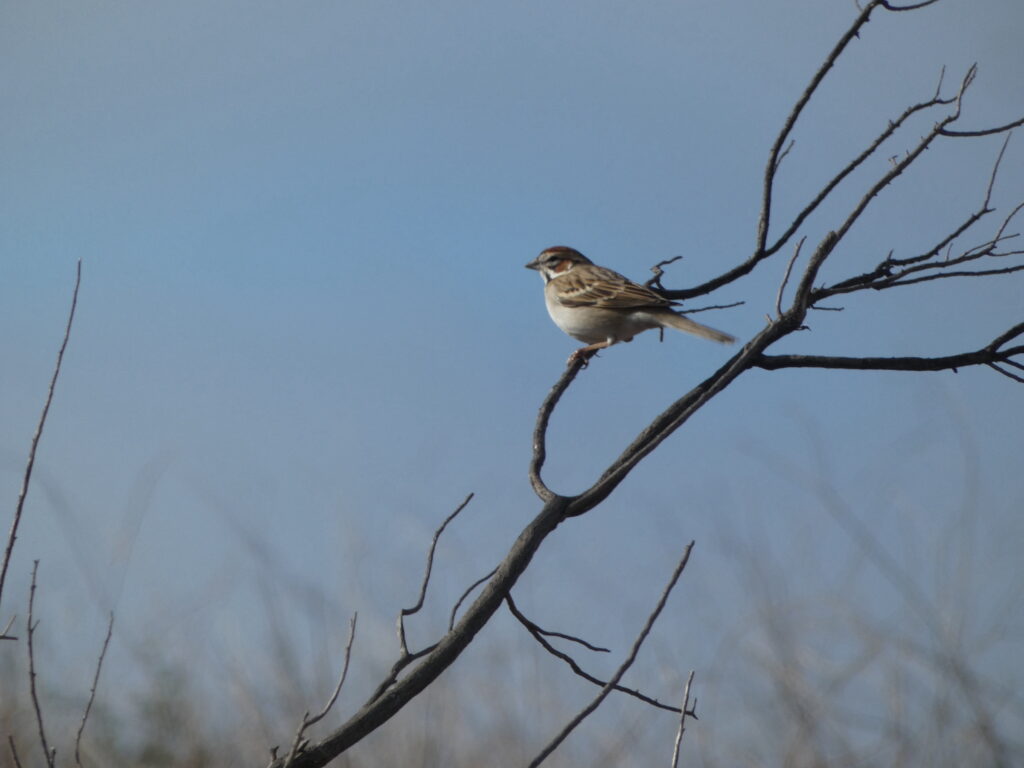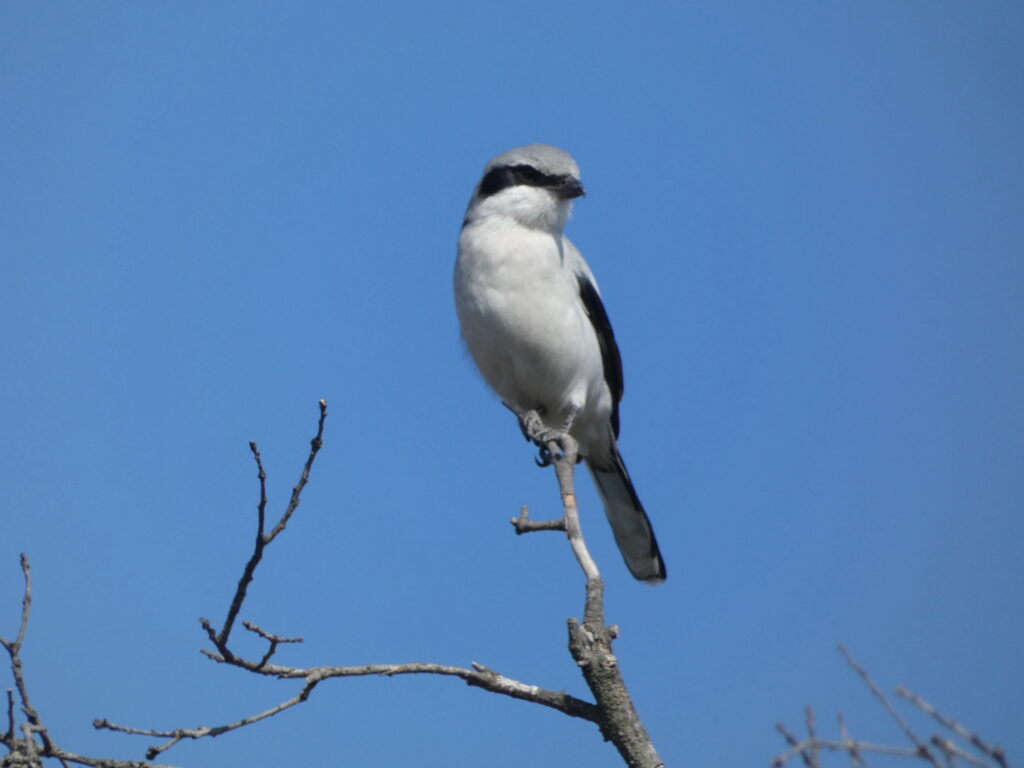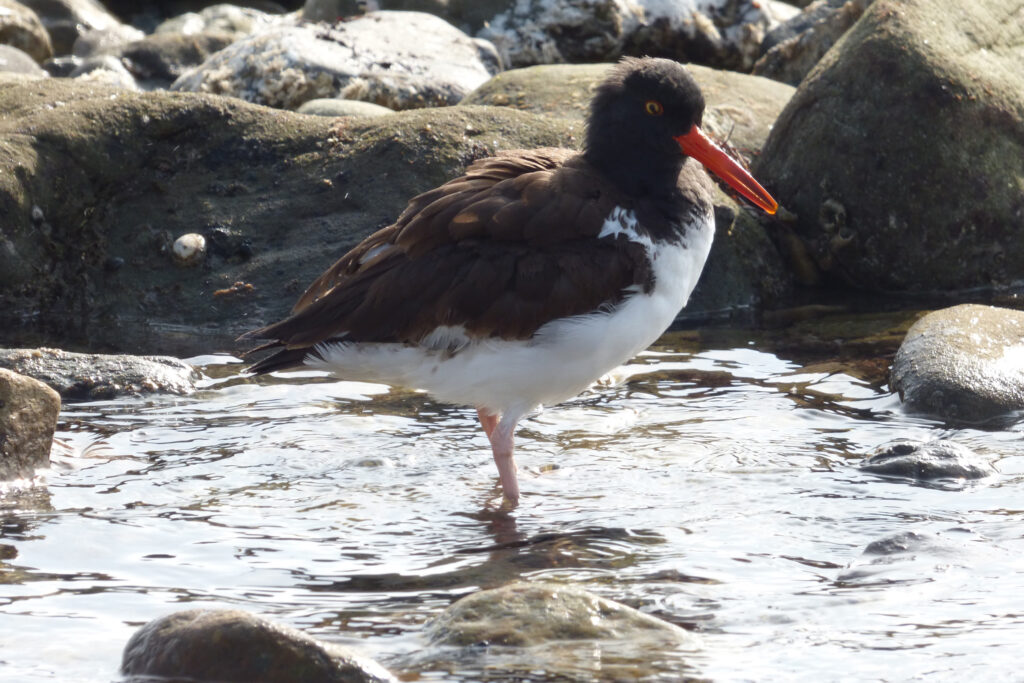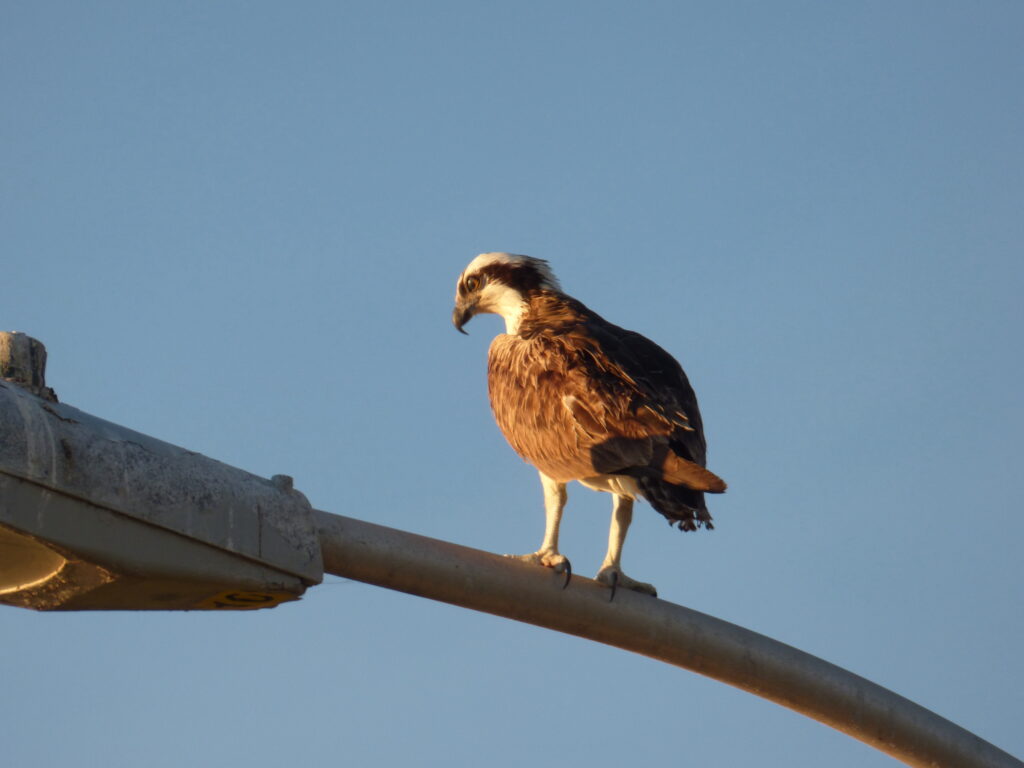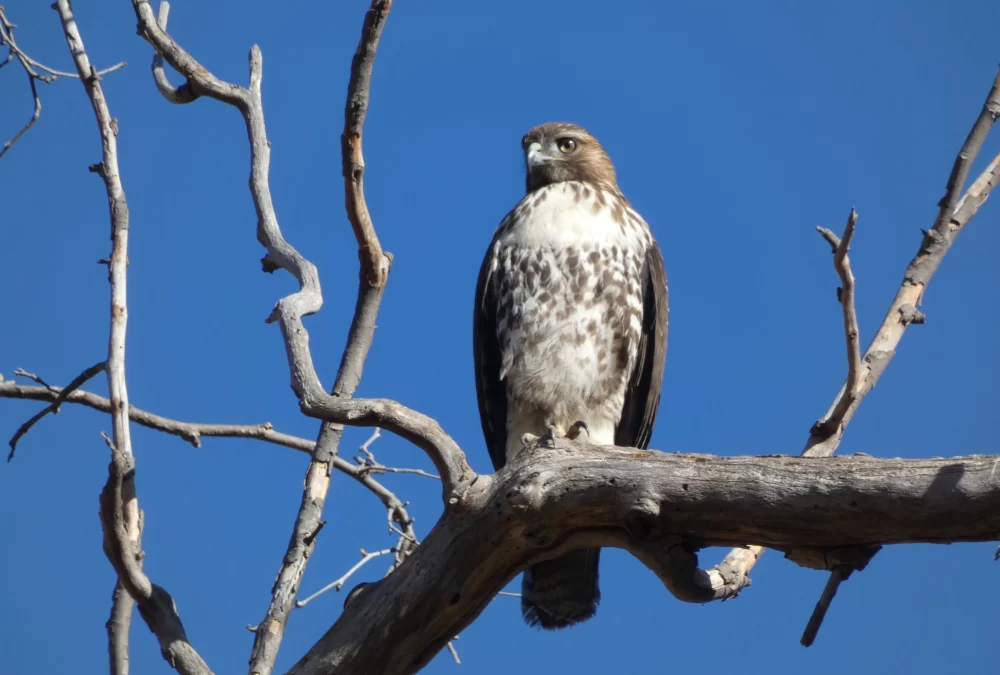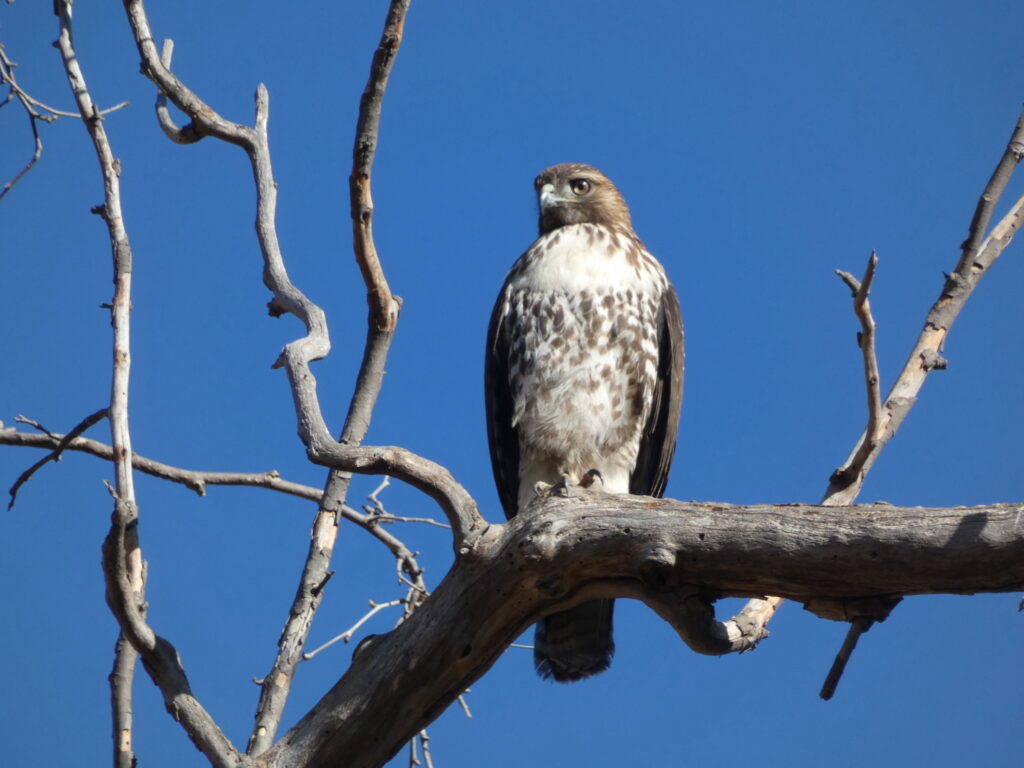
Owls aren’t the only amazing avian residents to watch for in winter; the Santa Monica Mountains and coastline are the winter home of a spectacular variety of migratory birds, from flocks of elegant cedar waxwings to hosts of sparrows and warblers, from the shy and tiny ruby-crowned kinglet to the large and dramatic northern flicker, almost every backyard and canyon in the mountains is a paradise for birds.
Birdwatching has become an increasingly popular activity during the Covid crisis, as families turn to their gardens and hiking trails for relaxation and a break from the stress of daily life. Over the weekend of February 12-15, backyard birdwatchers are encouraged to participate in the Great Backyard Bird Count—an opportunity to come together virtually with birdwatchers all over the world and contribute observations to one of the biggest citizen scientist projects ever envisioned.
Every February since 1998, birdwatchers have come together for the Great Backyard Bird Count, co-sponsored by the Cornell Bird Lab, the Audubon Society, and Birds Canada. This year it is easier than ever to participate. All that is required is a computer or smartphone and some time to spend outdoors observing.
“Over these four days we invite people to spend time in their favorite places watching and counting as many birds as they can, then find and reporting them to us,” a press release for the event states.”
Last year, 268,674 participants of all ages and experience levels counted a total of 27,270,156 birds in 194 counties, and identified 6,942 species.
In the Santa Monica Mountains this is a good time of year to watch for red-tailed hawks, Cooper’s hawks, American kestrels and Northern harriers, all species that begin to nest early. Crows and ravens also nest early and often exhibit some spectacular acrobatics as part of courtship. It’s not unusual to see a pair of ravens perform loop-de-loops like participants in a WW I dogfight.
At the beach, keep an eye out for Black and American oystercatchers—frequent winter visitors at Topanga State Beach or up the coast at Leo Carrillo State Park. This is also the season for some colorful and fun waterfowl. Look for hooded mergansers—the male with a spectacular black and white hood, the female with a Bride-of-Frankenstein crest of feathers—at the pond at King Gillette Ranch or at the Malibu Lagoon.
There are some great apps to help birders of all levels. Cornell’s ebird app and website are fun and easy to use. The website maintains a rare bird sighting list for the Los Angeles County area that sent birders into a flap over a blue-faced booby at the beach in Orange County last year. www.ebird.org
iNaturalist.org and the iNaturalist app are also good tools for ID and to learn more about local birds.
To learn about the Great Backyard Bird Count and to sign up to participate, visit www.birdcount.org
